The Science of Human Cognitive Flexibility
Introduction
Human cognitive flexibility refers to the mental ability to switch between thinking about two different concepts, and to think about multiple concepts simultaneously. Cognitive flexibility is part of the executive functions, which are managed by the prefrontal cortex of the brain. Cognitive flexibility varies between individuals and at different ages. It is a key component of learning and development, and is often affected in individuals with neurological disorders such as autism or ADHD.


Understanding Cognitive Flexibility
Cognitive flexibility is considered a cornerstone of human intelligence. It is the ability to adapt cognitive processing strategies to face new and unexpected conditions in the environment. It allows for the ability to disengage from the previous task set, and engage with a new task set. This ability is crucial for adapting to new environments, learning new skills, and coping with novel situations.
Cognitive flexibility is not a single, unitary construct, but rather a composite of several functions such as task switching, attentional flexibility, and cognitive inhibition. It is closely related to other executive functions like working memory and inhibitory control.
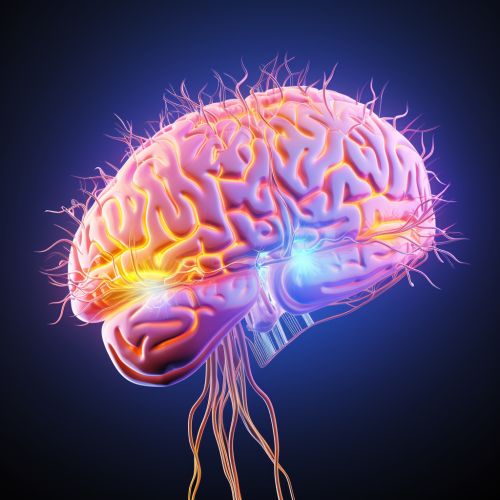
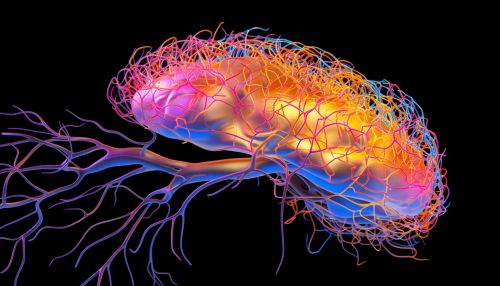
Factors Influencing Cognitive Flexibility
Several factors can influence cognitive flexibility, including age, brain structure, and mental health conditions. For instance, cognitive flexibility tends to increase during childhood and adolescence, plateau in adulthood, and then gradually decline in old age.
Certain neurological conditions, such as ADHD, autism, schizophrenia, and major depressive disorder, are associated with reduced cognitive flexibility. On the other hand, activities that challenge the brain, such as learning a new language or playing a musical instrument, can improve cognitive flexibility.
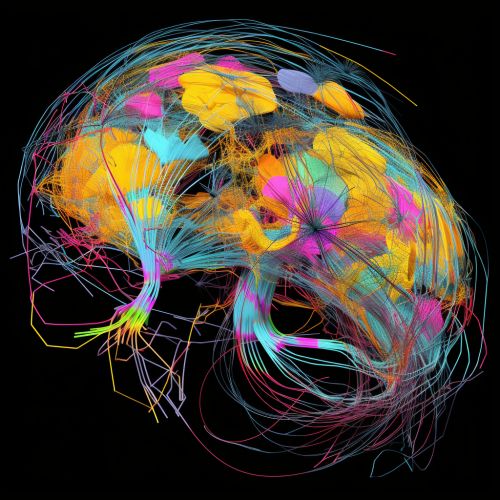
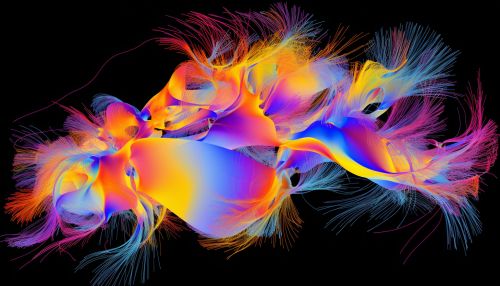
Measurement of Cognitive Flexibility
Cognitive flexibility can be measured using various neuropsychological tests. These tests typically involve tasks that require the individual to switch between different task sets. Examples of such tests include the Wisconsin Card Sorting Test, the Trail Making Test, and the Stroop Task.
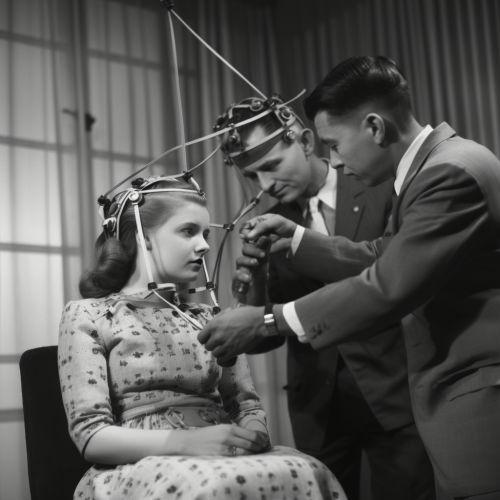

Cognitive Flexibility and Learning
Cognitive flexibility plays a crucial role in learning, particularly in complex and dynamic environments. It allows individuals to update their knowledge and adjust their strategies in response to changes in the environment. This adaptability is particularly important in the context of problem-solving and decision-making.


Improving Cognitive Flexibility
There are several strategies that can be used to improve cognitive flexibility. These include engaging in activities that challenge the brain, practicing mindfulness meditation, and getting regular physical exercise. In addition, certain dietary factors, such as omega-3 fatty acids, have been found to support cognitive flexibility.


Conclusion
Cognitive flexibility is a crucial aspect of human cognition. It allows us to adapt to new situations, learn from new experiences, and engage in complex problem-solving. Understanding the factors that influence cognitive flexibility, and the ways in which it can be improved, can have important implications for education, health, and overall quality of life.
